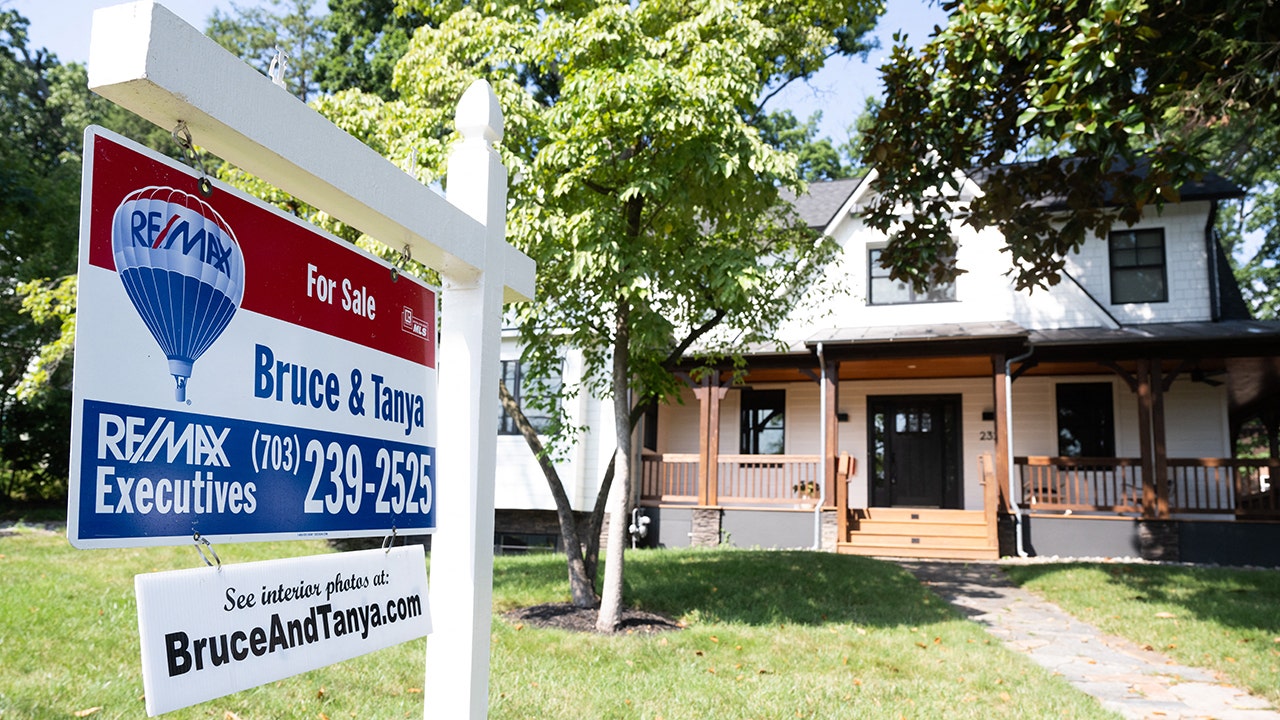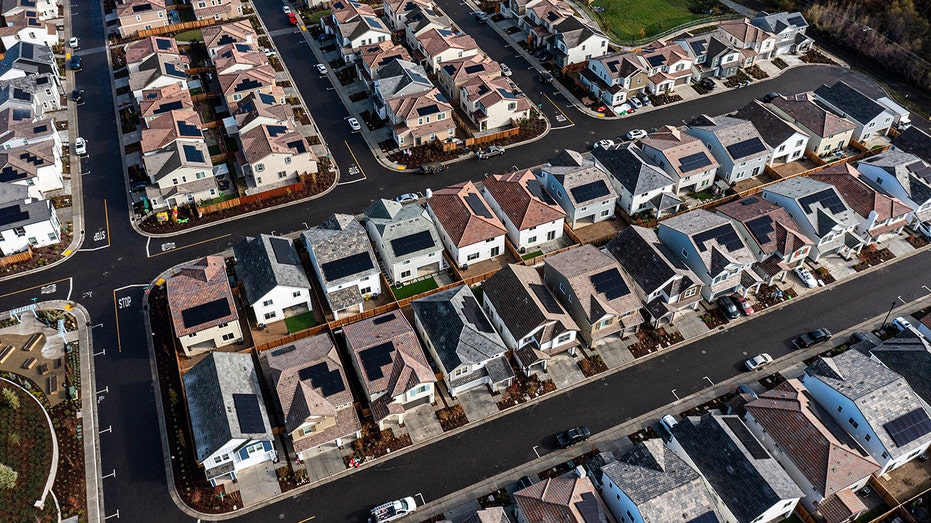Finance
US home prices still face a ‘steep and sustained’ decline this year, economist warns

The U.S. housing market has defied expectations for a crash so far this year, but a steep decline in home prices could be right around the corner, according to a new analyst note from Pantheon Macroeconomics.
In contrast to the widespread belief that the housing market has already hit bottom and is now in the midst of a recovery, Pantheon economist Kieran Clancy argued that the better-than-expected performance seen this spring was merely the result of “aggressive discounts and a lack of resale inventory – not an actual housing market recovery.”
“We are baffled by the emerging narrative in the commentariat that housing is now recovering, because it isn’t,” Clancy wrote in the note. “Home sales jumped at the start of the year, lagging the late-2022 dip in mortgage rates, but they have fallen more recently thanks to the latest back-up in rates, and mortgage applications signal that they will soon dip to a new cycle low.”
For the housing market to truly recover, affordability needs to improve. A recent report from real estate analytics firm ATTOM suggests that affordability declined again in the spring as the price of a median single-family house surged to $350,000 in the second quarter. That represents a 10% jump from the previous quarter, one of the biggest increases in the past decade.
COMMERCIAL REAL ESTATE MARKET COULD CRASH SOON. HERE’S WHY
US HOUSING MARKET DEFYING CRASH EXPECTATIONS AS SUPPLY SHORTAGE KEEPS PRICES HIGH
The portion of average wages required to own a home, meanwhile, skyrocketed to 33% in the period from April to June. That marks the highest debt-to-income ratio since 2007, meaning the market is the least affordable for Americans in nearly two decades.
“The shift in sales towards new homes does not change the bigger picture, however, which is that a durable recovery in overall market activity is out of the question until affordability improves,” Clancy said.
He added: “Home sales can’t recover until affordability improves, which requires lower mortgage rates, or falling home prices, or both. In short, the housing market is not in the early stages of recovery; the downturn merely is morphing from a collapse in demand, sales, and construction, to falling prices and housing-related consumption spending.”
Although the Federal Reserve’s 15-month-long interest-rate hike campaign sent mortgage rates soaring above 7% for the first time in nearly two decades, home prices have hardly budged. That is at least in part due to a lack of available homes for sale.
MORTGAGE CALCULATOR: SEE HOW MUCH HIGHER RATES COULD COST YOU

Sellers who locked in a low mortgage rate before the COVID-19 pandemic began in early 2020 have been reluctant to sell, leaving few options for eager would-be buyers. A recent report from Realtor.com showed that the number of available homes on the market in June was down more than 47% from the typical amount before the pandemic began.
With limited availability, more buyers are turning to new houses instead of existing ones.
The interest rate-sensitive housing market has cooled rapidly in the wake of the Fed’s aggressive rate-hike campaign. Policymakers already lifted the benchmark federal funds rate 10 consecutive times as they try to crush stubborn inflation and cool the economy.
However, the return to lower mortgage rates has not been smooth. Rates on the popular 30-year fixed mortgage are currently hovering around 6.96%, well above the 5.51% rate recorded one year ago and the pre-pandemic average of 3.9%.
“The broader point here, though, is that the bulk of the drop in home prices is yet to come; the lagged effect of the plunge in sales points to a steep and sustained drop. The speed and scale of the adjustment in prices is uncertain, but the direction of travel is clear,” Clancy said.
Read the full article here

-
Uncategorized1 day ago
The Surge of Crypto Slots: A New Period in Online Pc Gaming
-
Uncategorized1 day ago
The Increase of Dogecoin Casino Sites: An Extensive Introduction
-
Uncategorized1 day ago
Kəşf Etmək Binance Coin Kazino Saytları Dünyasını
-
Uncategorized1 day ago
High Roller Online Casinos: Inside the Globe of Elite Betting









